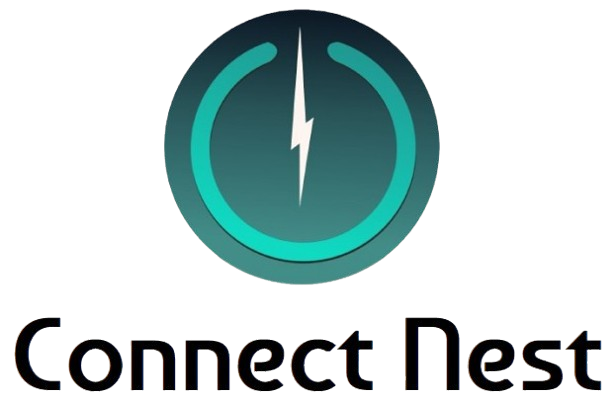LOADING...
Modernize Your Existing Devices
Making Traditional Devices "Smart"
Transform your traditional devices into smart, connected systems with Connect Nest. We can help integrate the following technologies into your home, empowering you to control, monitor, and automate previously non-smart devices.
Smart Plugs
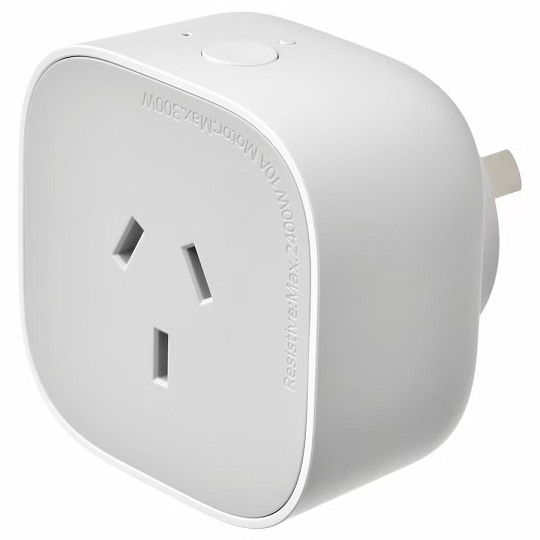
- Act as intermediaries between regular electrical devices and power outlets
- Allow remote control of power supply through WiFi
- Enable scheduling and automation of non-smart appliances like lamps, fans, or coffee makers
- Can monitor power consumption of connected devices
Smart Switches
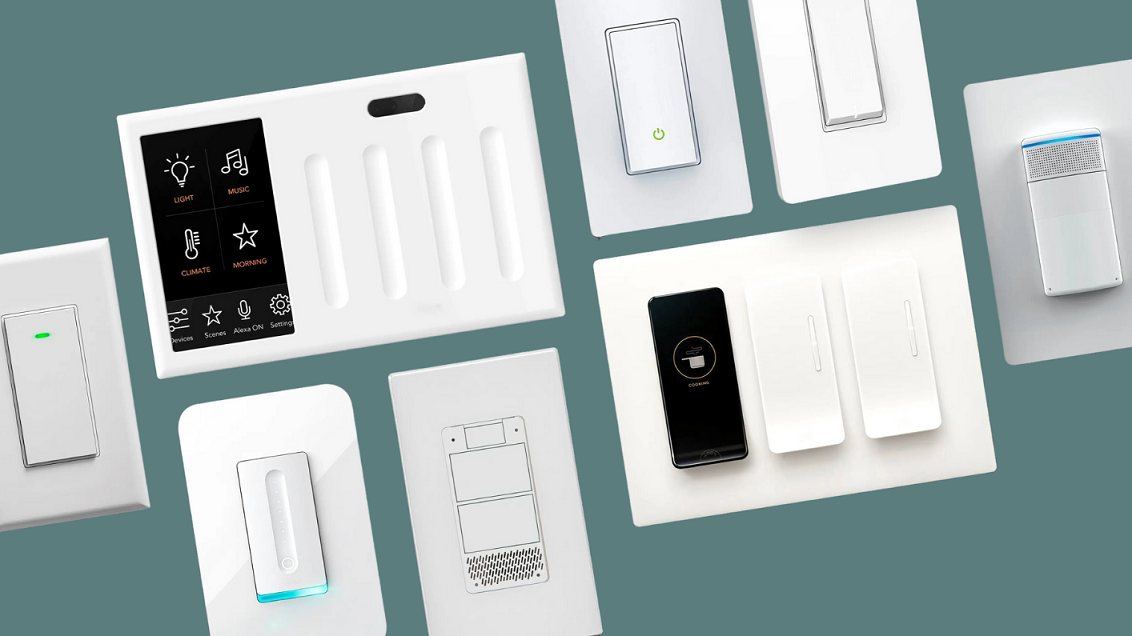
- Replace traditional wall switches to control lighting and ceiling fans
- Provide remote control capabilities while maintaining manual operation
- Often support dimming functionality for compatible lights
- Can be integrated into scenes and automation routines
Smart Sensors
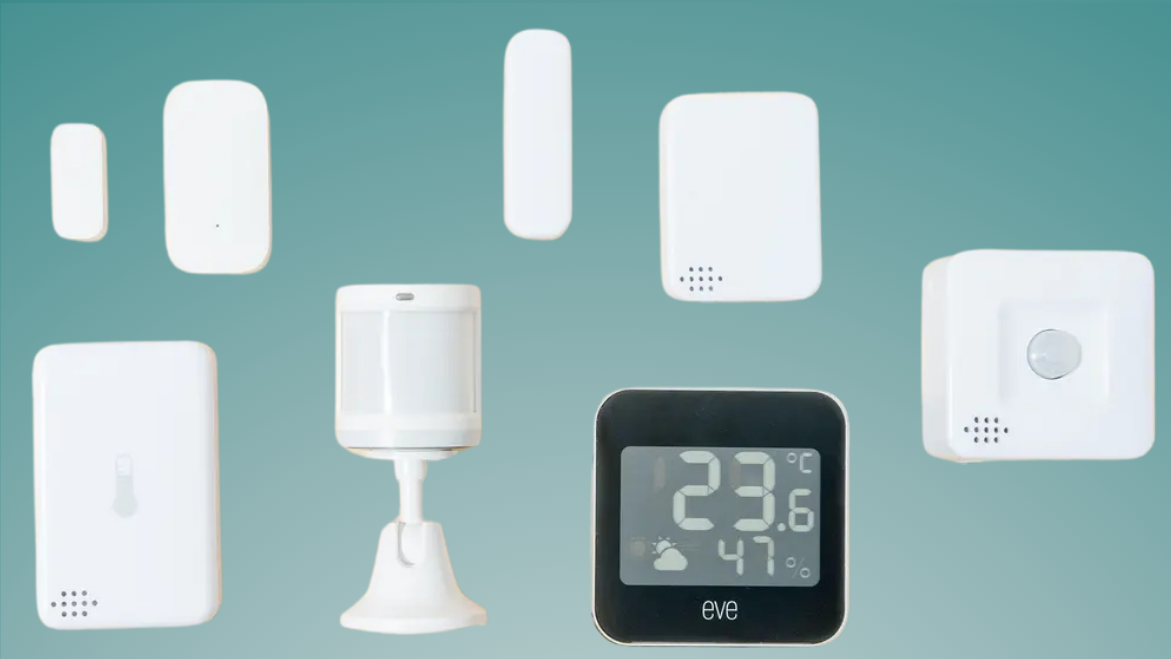
- Add monitoring capabilities to spaces and devices
- Common types include motion sensors, door/window sensors, temperature and humidity sensors, and water leak sensors
- Enable conditional automation based on environmental factors
Smart Speakers
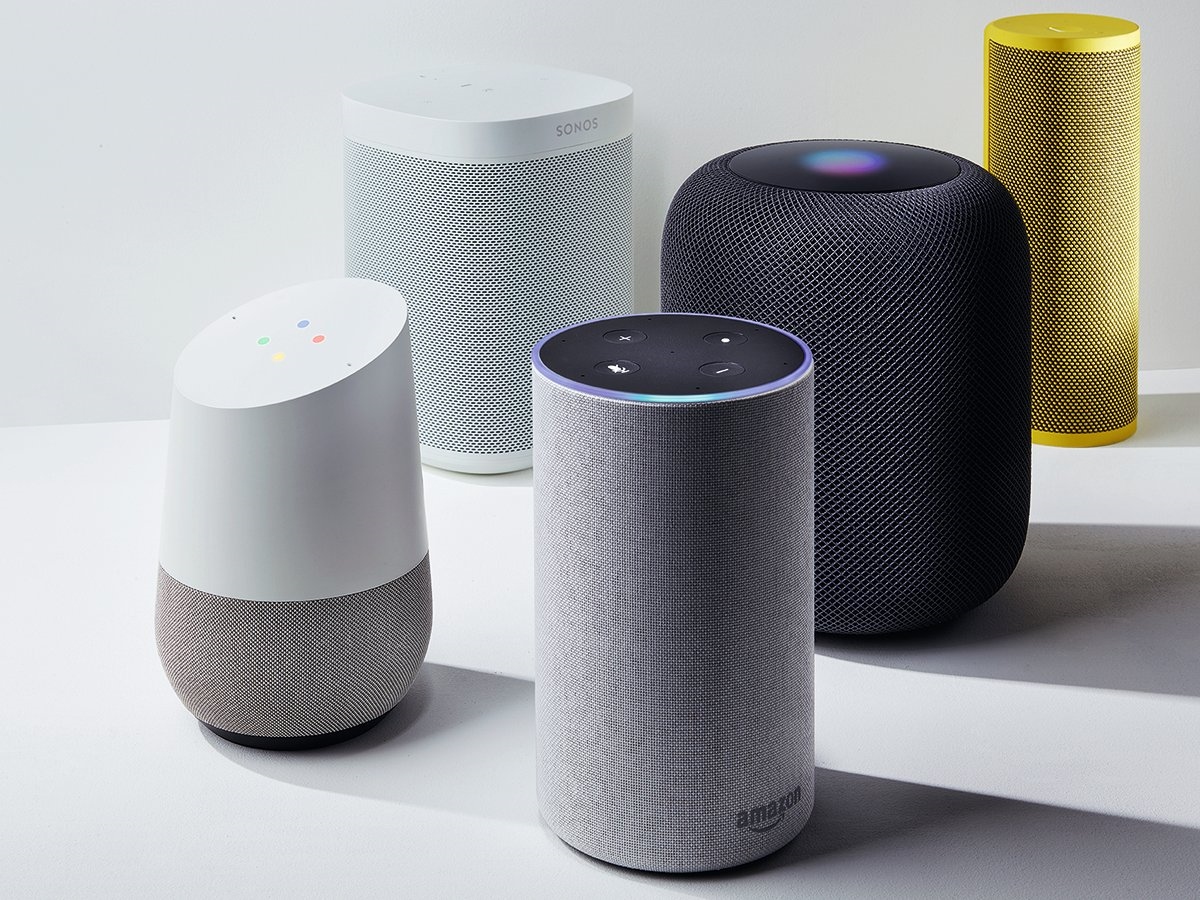
- Serve as voice control hubs for smart home devices
- Provide hands-free operation of connected devices
- Often include built-in virtual assistants (Alexa, Google Assistant)
- Can act as central points for home automation routines
Smart Hubs

- Coordinate communication between different smart devices
- Bridge various wireless protocols (WiFi, Zigbee, Z-Wave)
- Enable complex automation scenarios
- Provide a unified interface for device control
Key Considerations
Important factors to keep in mind when smartifying your home
Technical Considerations
- Network reliability and bandwidth requirements
- Device compatibility and protocols
- Power backup solutions
- Security vulnerabilities
- Firmware update capabilities
Security Considerations
- Device encryption capabilities
- Network security requirements
- Privacy protection measures
- Regular security updates
- Access control management
Practical Considerations
- Installation complexity
- User learning curve
- Maintenance requirements
- Cost versus benefit analysis
- Impact on existing workflows


